Optima®
字体介绍:
optima的灵感来自于教堂地板上的这些字母,这是一种比例和字符都是古典罗马风格的字体,但是没有衬线。这些字体是按黄金比例设计的。1952年,经过仔细的易读性测试,第一批图纸完成。
这种字体是由著名的雕刻师August Rosenberger在法兰克福的D.Stempel AG字体厂商完成。Optima是为了Linotype排版机而生产的,并于1958年发布。由于其无衬线形式清晰简单的优雅,以及其逐渐变细的笔划带来的强烈的人情味,这一家族在世界各地广受欢迎。optima是一种多用途字体;它适用于从书本正文到标牌的任何内容。它有12个字重和4个伴生字重与中欧字符和口音。
2002年,在第一幅草图问世50多年后,Hermann Zapf和Akira Kobayashi完成了Optima Nova,这是对Optima家族的延申和重新设计。
Optima was designed by Hermann Zapf and is his most successful typeface. In 1950, Zapf made his first sketches while visiting the Santa Croce church in Florence. He sketched letters from grave plates that had been cut about 1530, and as he had no other paper with him at the time, the sketches were done on two 1000 lire bank notes. These letters from the floor of the church inspired Optima, a typeface that is classically roman in proportion and character, but without serifs. The letterforms were designed in the proportions of the Golden Ratio. In 1952, after careful legibility testing, the first drawings were finished. The type was cut by the famous punchcutter August Rosenberger at the D. Stempel AG typefoundry in Frankfurt. Optima was produced in matrices for the Linotype typesetting machines and released in 1958. With the clear, simple elegance of its sans serif forms and the warmly human touches of its tapering stems, this family has proved popular around the world. Optima is an all-purpose typeface; it works for just about anything from book text to signage. It is available in 12 weights and 4 companion fonts with Central European characters and accents. In 2002, more than 50 years after the first sketches, Hermann Zapf and Akira Kobayashi completed Optima nova , an expansion and redesign of the Optima family."

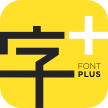








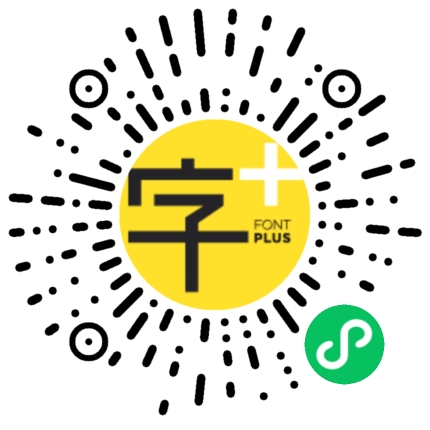


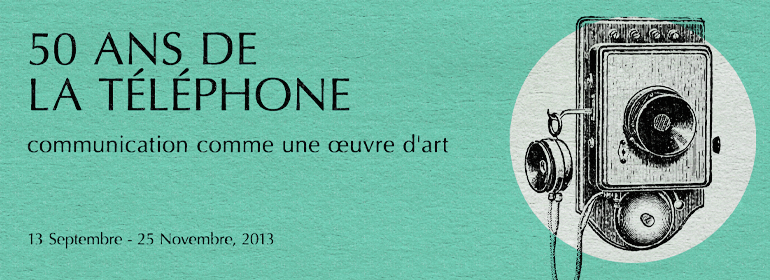
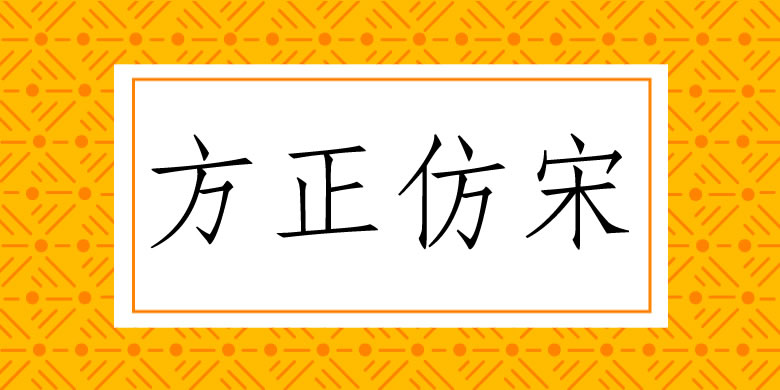

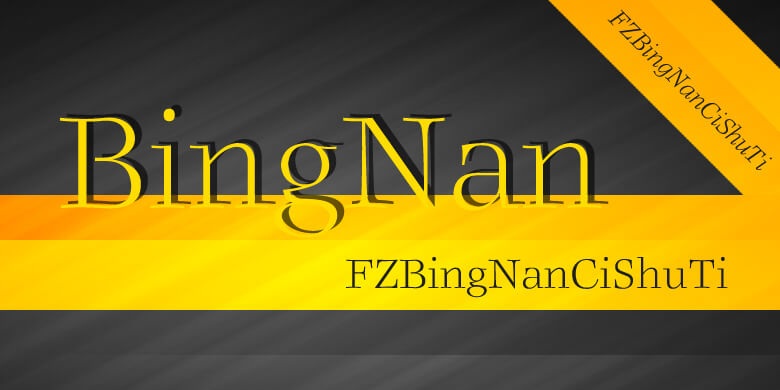
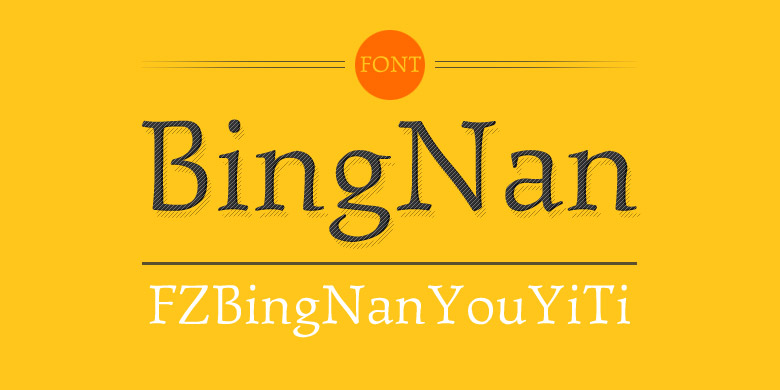



 商业发布授权
商业发布授权
 出版物授权:针对出版物
出版物授权:针对出版物
 嵌入式应用授权
嵌入式应用授权






